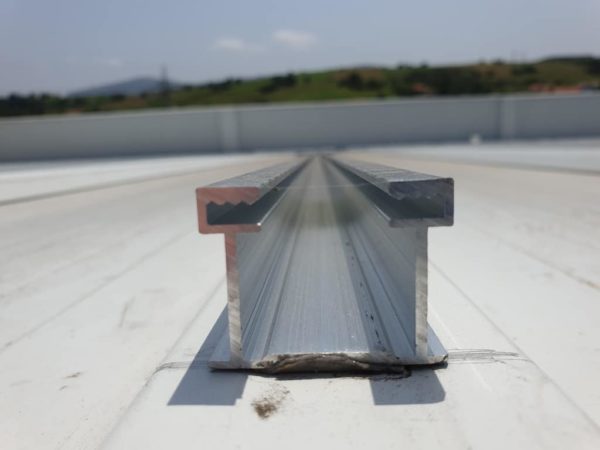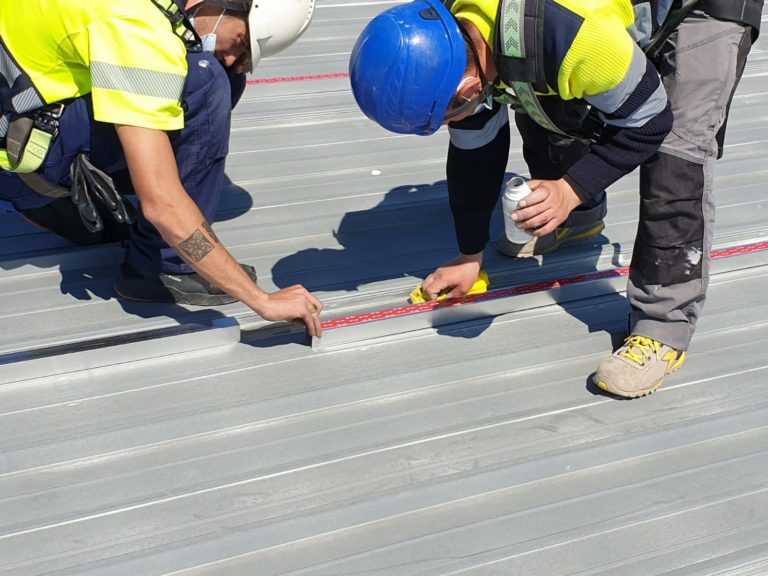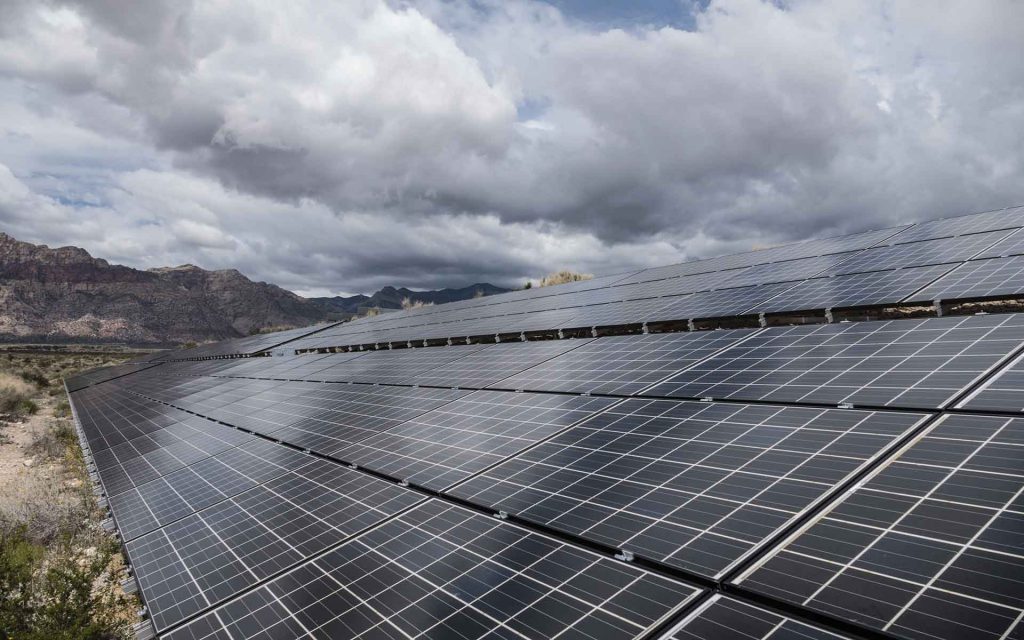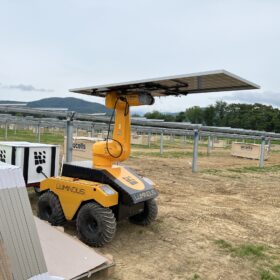From pv magazine Spain
Spain-based mounting system provider Alusín Solar has developed an adhesive mounting structure for rooftop PV systems which it says is applicable to any kind of solar module.
The system is currently being tested on a 9.8 MW self-consumption solar project under construction by Spanish utility Endesa, which is part of Italian energy company Enel.
The main advantage of the system is that the roof is not perforated in any case. “As no holes are made, the risk of leaks is eliminated, which [is] something very important, for example, in ham-drying rooms,” the general director of Alusín Solar, Javier Font, told pv magazine.

Alusin Solar
The Gulpiyuri 30 system is made with aluminium bars that, instead of being fixed to the roof with screws, are attached through a double-sided adhesive. According to the manufacturer, this adhesive guarantees the necessary mechanical resistance and durability to mount the aluminium profiles that will hold the solar panels. Font affirms that the system works for any type of solar panel “because the structures adapt to any panel.”
The system was used for the first time two years ago, in Cantabria. Inekya was the EPC and Sice Renovables the installer. “The first project was developed in 2019 and remained in embryonic mode until they commissioned us [for] this great project, which served as an accelerator”, says the director of Alusín Solar.
The system must be installed with a particular cleaning technique. “All aluminium profiles must be cleaned with a specific product with a high alcoholic base to ensure that we remove any type of oil or dirt,” Font further explained. “Then, a specific primer is applied to them and, finally, the double-sided adhesive is glued to the profiles.”
The profiles leave the Alusín Solar factory in Asturias with one side already glued. To ensure perfect fixation, a gluing machine is used to apply a specific pressure. Once the material arrives on site, the roof is thoroughly cleaned. “It is the most critical process and for this a roller machine is used that cleans under pressure with 225 bars,” Font added. “Then, the other side of the profile is glued to the roof cover.” Once the profile has been glued, a 25kg roller must be passed onto it. This way a correct adherence is ensured and the solar panels are installed as with a conventional system.
But the novelty does not end there, according to Font. “During the assembly process, we installed a series of witnesses, indicators, which will allow us to monitor the system and visualise its ageing from year to year to see how it behaves,” he went on to say. “We have … anchor measurement equipment adapted for this type of test and, with this system, we accompany the client throughout the entire useful life of the installation.”
This content is protected by copyright and may not be reused. If you want to cooperate with us and would like to reuse some of our content, please contact: editors@pv-magazine.com.









1 comment
By submitting this form you agree to pv magazine using your data for the purposes of publishing your comment.
Your personal data will only be disclosed or otherwise transmitted to third parties for the purposes of spam filtering or if this is necessary for technical maintenance of the website. Any other transfer to third parties will not take place unless this is justified on the basis of applicable data protection regulations or if pv magazine is legally obliged to do so.
You may revoke this consent at any time with effect for the future, in which case your personal data will be deleted immediately. Otherwise, your data will be deleted if pv magazine has processed your request or the purpose of data storage is fulfilled.
Further information on data privacy can be found in our Data Protection Policy.